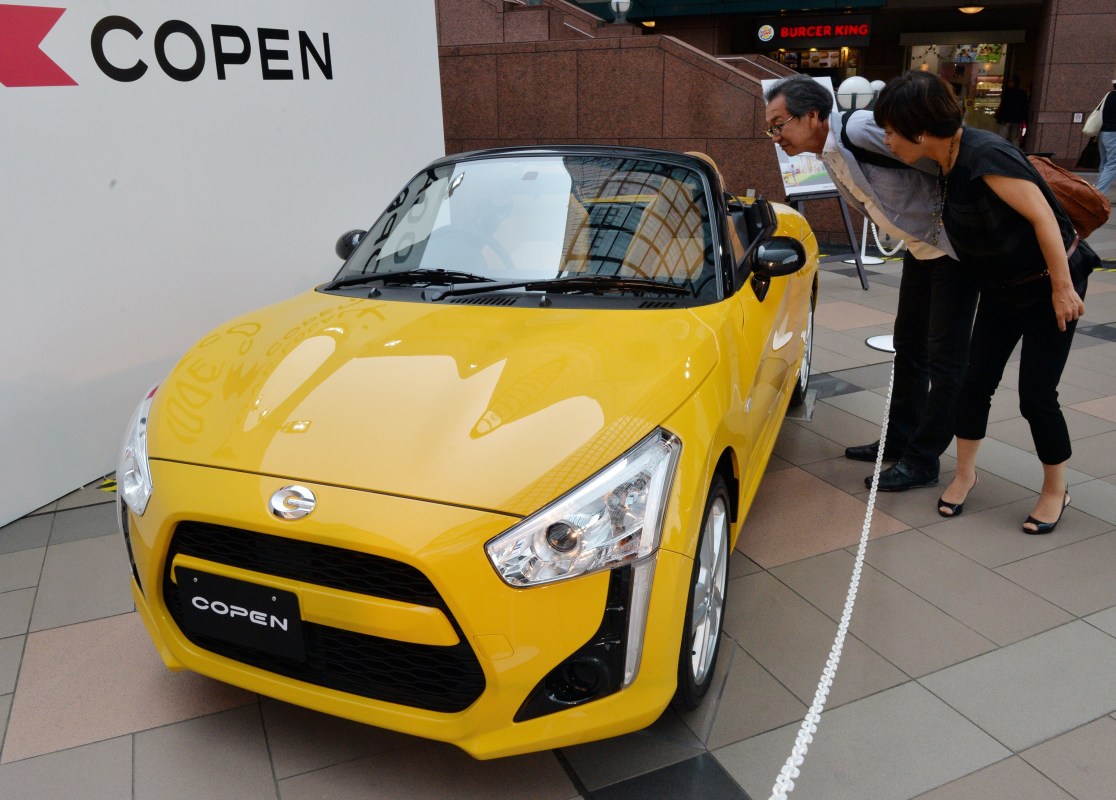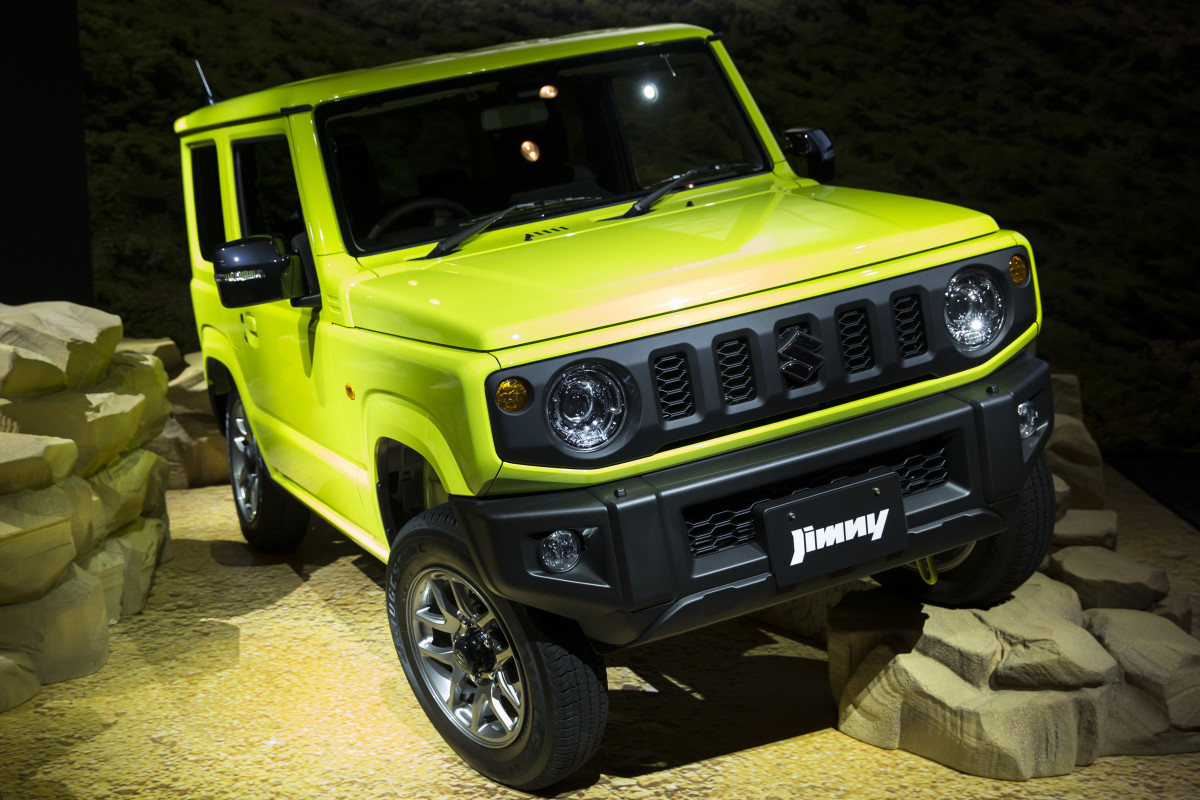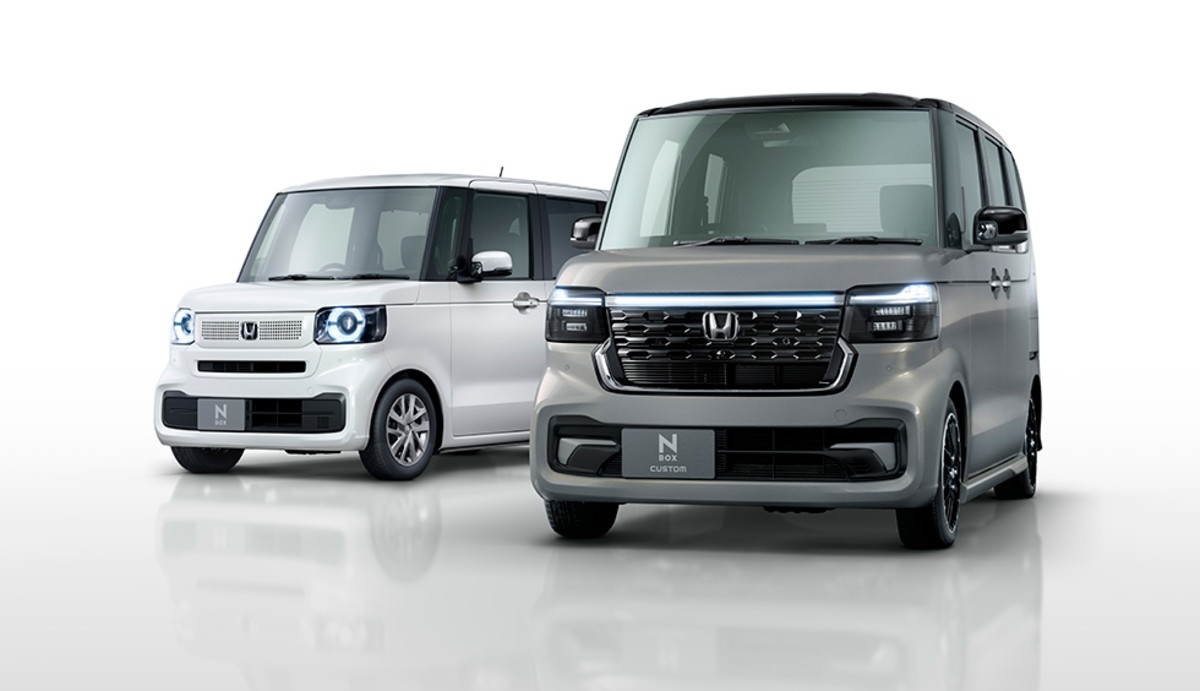What are Kei Cars?

Remember when cars were all about muscle and size here in the U.S.? Well, across the Pacific, there’s a whole other universe in the form of Kei cars in Japan. These are super-compact vehicles that have been zipping around Japanese streets for quite some time, making up a big chunk of the market there. They’re tiny, frugal, and ingeniously compact, mostly to fit Japan’s dense urban settings and to keep things efficient. Major players like Honda, Toyota, and Nissan dominate both the American psyche and streets with their models, but in Japan, these charming Kei cars rule the roads.
These pint-sized powerhouses such as the Honda N-Box and Suzuki Jimny aren’t just about saving space but are a cost-effective form of urban mobility. With restricted dimensions not exceeding about 134 inches in length and a 660cc engine cap, Kei cars ensure lower tax and insurance costs. Quite a practical approach if one’s looking to cruise around the city without fuss. It’s a nifty take on what mobility can look like, balancing efficiency and affordability. And wouldn’t you know it, John Elkann, the big cheese at Stellantis, seems to think Europe should get in on these small wonders too.
Kei Cars in Europe?

On June 12, at the Automotive News Europe Congress, John Elkann sent ripples through the industry by recommending that Europe take a page from Japan’s playbook with their own version of the Kei car. Why? Well, it’s a serious pitch to counteract the rising costs of manufacturing automobiles in Europe, something he says is largely due to regulatory burdens. Just imagine, back in 2019, nearly 50 car models were available in Europe for under $17,400, but now, only one remains under that price tag.
Elkann argues, “There’s no reason why Europe shouldn’t have an E-Car.” And they’re already onto something with models like Citroën Ami and Fiat Topolino making their rounds in the continent’s cities. These are more like quadricycles, filling a niche that Europe could expand upon in order to reignite affordable urban transport. If you think about it, it’s not just about the practicality but bringing back character to the European car landscape that some say has lost its heart to overly regulated frameworks.
The Drive Experience

In terms of driving experience, these Kei cars aren’t going to give the roar of a V8, but they have their own charm. Picture gliding through busy streets with agility and ease, perfect for tight alleyways or bustling city centers. Given the limits on engine size, they might lag a bit in terms of speed and power compared to more traditional American vehicles, but they’re not built for outright performance. Instead, they shine in their nimble handling, efficiency, and ease of parking. It’s like trading in those larger-than-life American land yachts for something niftier with a lot less drama.
It’s a reminder that not every ride needs to be about power and posture. There’s something refreshingly straightforward about hopping into one of these and just buzzing from point A to B. With the ongoing discussions in Europe led by folks like Elkann, maybe these kinds of cars will start popping up globally, inviting everyone to rethink what a car experience should be.
Conclusion

The tight budgets and pressures in Europe paint a starkly different picture than the horsepower-driven American market. While truck and SUV sales in the U.S. continue to surge, Europe’s challenge is more about value and compliance. The idea of importing such a small car culture here as the Kei car might seem far-fetched given our love for bigger, bolder rides. But the conversation around efficient smaller cars still carries weight as it digs into what’s sustainable in today’s automotive world. It’s an intriguing time in the automotive space globally, with each region carving its own trajectory based on varying demands and perceptions of what truly defines a car.
Ram's Bold New Drive
Cupra Born Revamp
Porsche RSR Revived
VW Polo GTI Drop-Top
GM's Bold Comeback